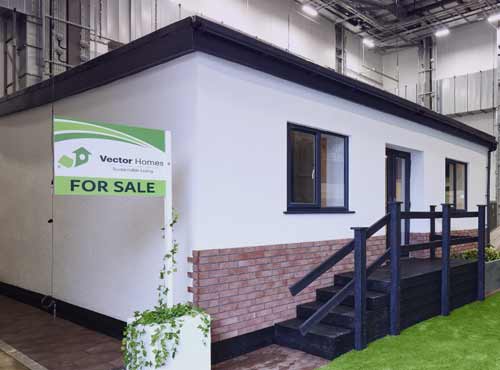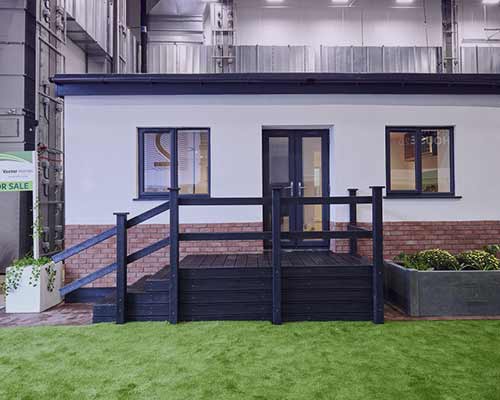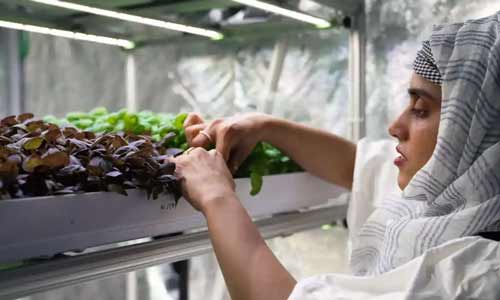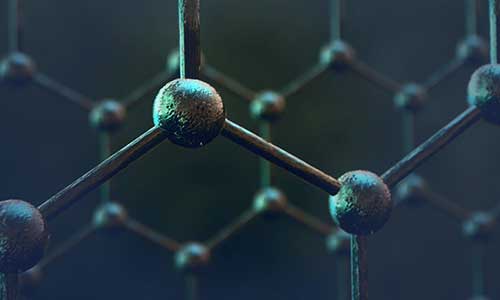
Background
Vector Homes, a Manchester-based start-up, recognises the urgent need to address the environmental impact of building construction and operation.

With 39% of global greenhouse emissions attributed to the sector, Vector Homes aim to disrupt the industry by offering affordable, sustainable, and robust modular smart homes made from recycled products.
Vector Homes collaborated with the Graphene Engineering Innovation Centre (GEIC) and University of Manchester experts to develop and test new nanomaterial-enhanced construction materials. The partnership aimed to minimise energy consumption during construction and throughout the lifespan of buildings.

I’m not sure if we could have accessed the expertise, equipment, support, and funding elsewhere. BtG is perfectly aligned with our goals, providing expertise on materials and equipment and helped developed new jobs within the company. The work from BtG enabled collaborations and closer relationships with the supply chain, leading to external investments. The connections made at the University of Manchester have resulted in further development.
Liam Britnell / Founder of Vector Homes
Results
The objective of Vector Homes is to create affordable and environmentally friendly modular smart homes on a large scale. In collaboration with the GEIC through their Bridging the Gap (BtG) initiative, the primary mission was to utilise the expertise and resources provided by the GEIC to test, develop, and improve sustainable construction materials.
This involved conducting research to enhance the construction process and accessing resources and equipment available at the GEIC's lab facilities, such as the twin screw extruder for melt compounding graphene with HDPE, as part of Phase 1. Phase 2 allowed for further extensive research and development, leading onto the creation of a prototype house using the enhanced recycled materials by early 2023.

The BtG project also facilitated new collaborations with the GEIC to explore graphene-enhanced FR-polymer films and attracted additional funding of £450,000. This financial support played a crucial role in enabling ongoing development and the eventual launch of Vector Homes' sustainable homes.
As a result of the project's success, Vector Homes has committed to investing £200,000 annually in research and development and working closely with the GEIC's composite applications team. The focus will be on enhancing UV resistance, weathering, thermal insulation, and other key performance aspects related to residential buildings.
Key metrics
The collaboration between Vector Homes and the GEIC has yielded significant benefits across various areas.
Benefits include improvements in construction processes, cost reduction, environmental impact reduction, and narrowing the trade gap. The key results from this collaboration allow Vector Homes to target:
-
>30%
Greater than 30% reduction in construction and lifetime costs
-
>60%
More than 60% faster builder time
-
>60%
Exceeding 60% fewer greenhouse gas emissions
-
>80%
Greater than 80% decrease in the trade gap.
Recommended next read

AEH Innovative Hydrogel
Developing hydrogel formulations that can be used to grow plants and crops without soil, contributing to a more environmentally conscious agricultural sector.

Back to list
Back to the list of our successful collaborative developments.
